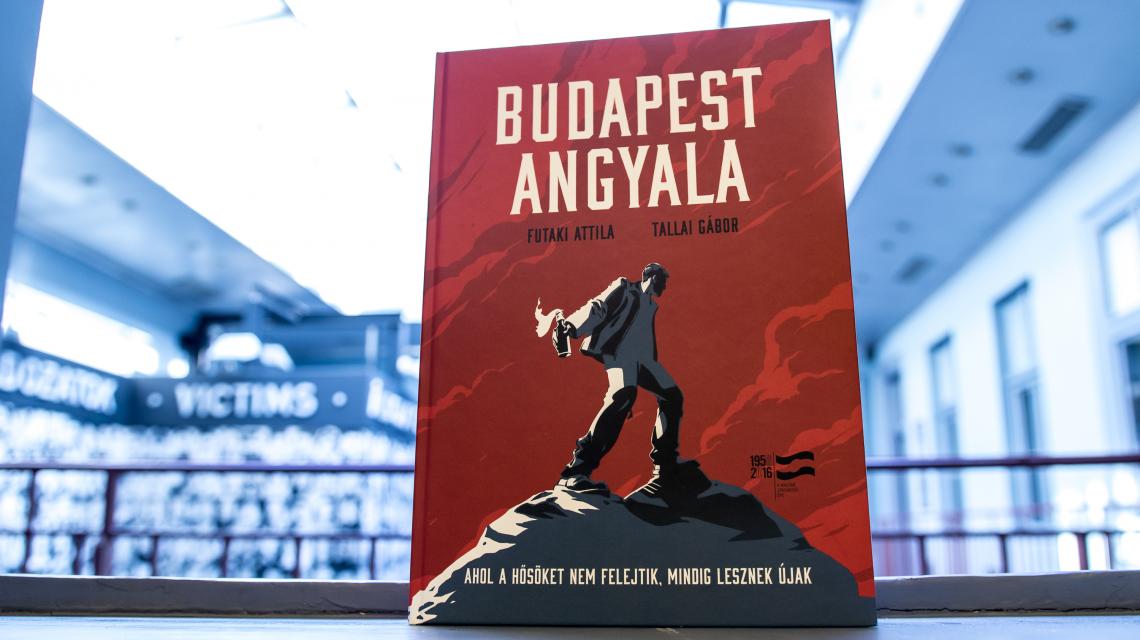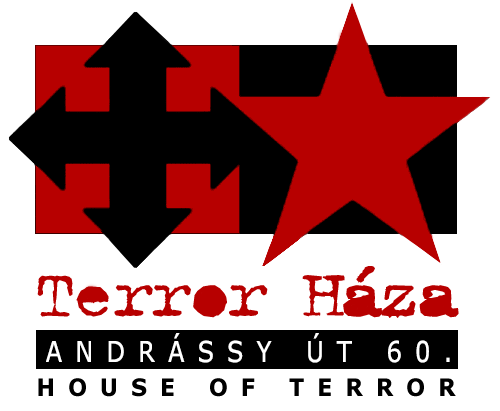
The Memorial Committee for 1956 has encouraged the organizers to particularly aim for genres that could target the youngest generations.Zoltán Balog, Minister of Human Capacities and the chairman of the Memorial Committee said: on the occasion of the sixtieth anniversary of the 1956 Revolution and Freedom Fight we must find the appropriate means to touch the heart of the younger generations, as the boys and girls of Pest had been either persecuted or forced to forget, their life stories and courageous resistance has still has not been fully included in our historical memory.
The Public Endowment for the Research on Central and Eastern European History and Society has therefore invited the most renowned comic book artist of Hungary, Attila Futaki, who is well-know all around the world, to specially prepare a volume for the anniversary. The script of the comic book was based on the idea of Mária Schmidt, historian and the Government Commissioner of the Memorial Year and author Gábor Tallai, Gábor Tallai, the program director of the House of Terror Museum, and was written by Gábor Tallai. The creative process of the Angel of Budapest took a whole year.
The comic book by Attila Futaki and Gábor Tallai speaks the language of not only the older generations, but also teenagers, as well as the comic book loving audiences all around the world, and by that it tells the story the 1956 Revolution and Freedom Fight in an undoubtedly comprehensible way. The Angel of Budapest is not an American superhero story; its main characters are everyday, flesh and blood people. The protagonist, János Angyal (his surname meaning angel in Hungarian) is an émigré who fled to the US to avoid retribution after the revolution, he lives in the free world and became successful there, but he remained a Hungarian freedom fighter at heart, with unchanged feelings for his homeland. Angyal in this story undertakes no less than to return to the communist Hungary behind the Iron Curtain in order to seek revenge on Major Petrov, a soviet officer who has recently become Soviet Ambassador and is returning to Hungary, and who had massacred most of his brothers-in-arms decades before.
The authors intended this comic book to tell the story of the lads, girls and boys alike, their life- and- death struggle for freedom and independence, the inhuman nature of the communist one-party state, which remained opposed to freedom till the last moments, without becoming pathetic in any way.
Author biographies
Gábor Tallai (1970, Wolfen, Germany)
He graduated from the Teacher Training College of Eötvös Loránd University with degrees in his-tory and Hungarian language and literature. Then he was a stipend student of media theory and television journalism in Munich. From 1995 to 2001 he was an instructor of the American Berlitz Ltd. In 1995 and 1996 he was the deputy editor of the cultural column of the daily Új Magyarország (New Hungary) and the editor of the cultural column of the daily Napi Magyarország (Hunga-ry day by day) from 1997 and that of Magyar Nemzet (Hungarian Nation) from 2000. In 1999 he was commissioned to manage the Hungarian office at the Frankfurt Book Fair. From 2001 to 2003 he was the Strategic Director of MTI – Hungarian News Agency Corp. He has been the Program Director of the House of Terror Museum since 2003, a founding member of the Hungarian NGO Alliance of Young Writers. He won the Péter Hajnóczy Literary Stipend in 2000. He has been the contributor of exhibitions, events and other projects of the Public Endowment for the Research on Central and Eastern European History and Society. He is the editor of various publications and translator of historiographical works. His collection of short stories titled Árnyékőrző has been published in 1998 at Kortárs Kiadó.
Attila Futaki (1984, Békéscsaba)
The world-famous comic book artist from Hungary whose works have been published in France and the United States as well. He is the regular contributor of the New York Times and the Magazine GQ as illustrator. His graphic novel, The Spiral was published first in Hungarian, after in French, called Carabas. He is known for his work on the Percy Jackson book series, which became a New York Times Bestseller, the illustration of several comic series including Conan the Barbarian and Severed, with the talented screenwriter Scott Snyder, which was selected on the 100 best graphic novels. His new book Hypnos has recently been published by the French publisher Le Lombard.


